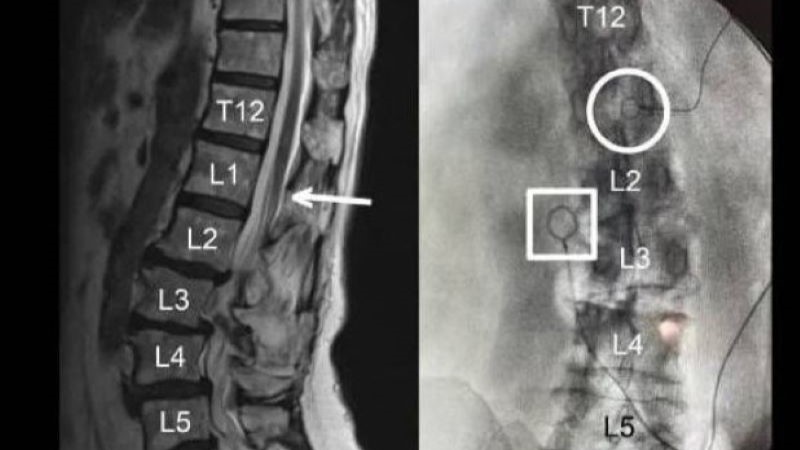
A study found that the use of a tumor necrosis factor inhibitor (TNFi) among rheumatoid arthritis (RA) patients was not associated with future joint replacement.
“Previous ecological data suggest a decline in the need for joint replacements in RA patients following the introduction of TNF inhibitor (TNFi) therapy, although patient-level data are lacking. Our primary aim was to estimate the association between TNFi use and subsequent incidence of total hip replacement (THR) and total knee replacement,” the study authors wrote.
Researchers used the British Society for Rheumatology Biologics Registry for data on RA patients spanning 2001–2016. They 1:1 matched TNFi users to similar patients using conventional synthetic disease-modifying antirheumatic drugs (DMARDs).
Sarilumab showed superior efficacy in inadequate responders of csDMARDs or TNFi versus continued use of csDMARDs and similar efficacy versus all other comparable doses of targeted DMARDs added to csDMARDs. https://t.co/y46Bbtbhjt
— Annals of the Rheumatic Diseases (@ARD_BMJ) February 20, 2019
TNFi Versus DMARD Patients: Age Plays A Role
A total of 19,116 patient records were available. Mean age was 55.2 years in both the TNFi and DMARD groups, and both cohorts were majority female (76.3% and 75.9%, respectively).
Overall, 589 total hip replacements (THRs) took place during the study period. THR rates did not significantly differ between the two cohorts: 5.22 per 1,000 person years (PYs) (95% CI: 4.66, 5.88) in the TNFi cohort versus 6.30 per 1,000 PYs (95% CI: 4.24, 9.76) in the DMARD group. Patients older than 60 years who used TNFi had a reduced risk for THR (hazard ratio = 0.60 [CI: 0.41, 0.87]).
There were 864 total knee replacements (TKRs) during follow-up. Among TNFi and DMARD patients, TKR incidence rates per 1,000 PYs were 8.89 (95% CI: 8.13, 9.72) and 8.09 (95% CI: 5.32, 12.89), respectively. Older TNFi patients were at a slightly increased risk for TKR, but researchers said the difference was not significant.
There were 336 other joint replacements, for which incidence rates per 1,000 PYs were 4.34 (95% CI: 3.76, 5.02) for TNFi patients and 3.87 (95% CI: 1.97, 8.73) for DMARD patients.
The difference observed in older THR patients but not TKR patients may come as a surprise, since the knee and hip could be expected to be equally affected, the study authors noted.
TNFi therapy may not affect rates of joint replacement in those with #rheumatoidarthritis. Learn more. https://t.co/iPB6lcXQ6y
— Rheumatology Advisor (@RheumAdvisor) February 7, 2019
“It could be that the relatively long disease duration at our baseline meant there was greater potential for prevention of joint destruction at the hip over knee, although details of differential natural history of RA disease at these two joints are not well established,” they speculated. “It is also very difficult to disentangle the impact of TNFi on improved function and overall quality of life and how this may have mediated effects on longer-term progression of joint damage, potentially differentially at the knee and hip.”
One of the study’s key messages is, according to the authors, “Overall TNFi use was not associated with subsequent rates of joint replacement.”
“Given prior ecological data, future studies are needed to confirm and/or further elucidate the relationship between TNFi and joint replacement,” they added.
Source: Rheumatology







 © 2025 Mashup Media, LLC, a Formedics Property. All Rights Reserved.
© 2025 Mashup Media, LLC, a Formedics Property. All Rights Reserved.